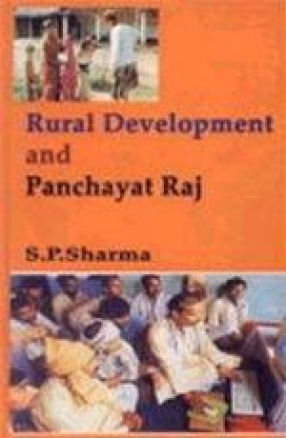Scattered throughout India are approximately 500,000 villages. According to the 1991 census report India’s rural population accounted for 71 per cent. Most villages are small; nearly 80 percent have fewer than 1,000 inhabitants. It is in villages that India’s most basic business-agriculture-takes place. Here, too, flourish many of India’s most valued cultural forms. Since its independence, India has made a significant progress in various sectors of rural development. In order to strengthen the rural development the institution of a panchayat system has been evolved. The Panchayati Raj Institutions (PRIs) have been made to bring about rapid and sustainable development and socio-economic transformation in rural India with an integrated approach towards improving the quality of life of rural poor and ensuring equity and effective people’s participation. This book describes the problems, policies and programmes of rural development in India. It describes the role of Panchayati Raj Institutions in formulating and executing programmes for rural development. It will be highly useful to researchers and students, government executives, parliamentarians and legislators and the common readers interested in rural development.
Textbook of Psychology
$49.50
$55.00








There are no reviews yet.